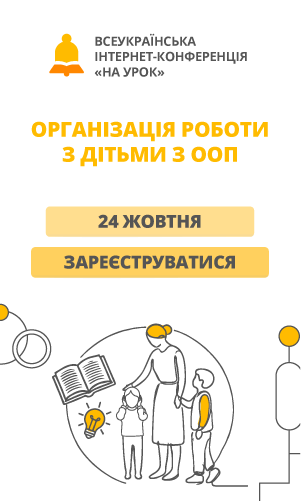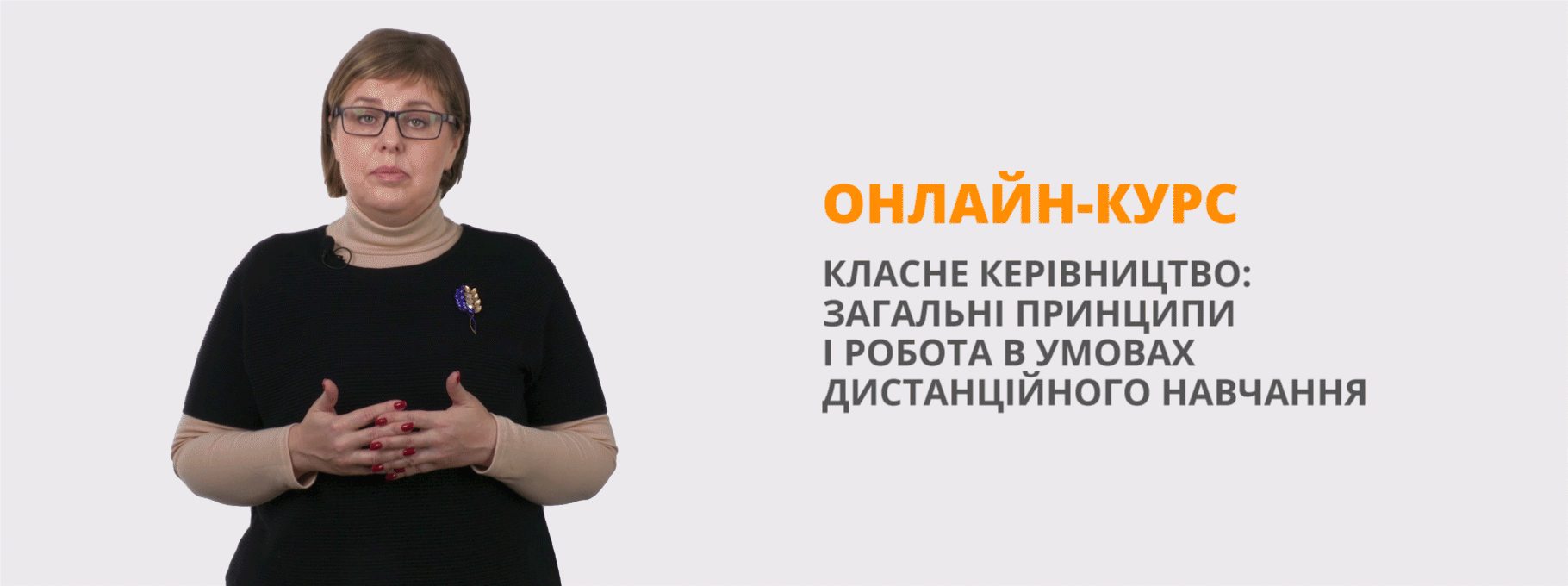Unit 1. MY FAMILY AND FRIENDS
Мета:
навчальна: презентувати лексичний матеріал за темою «Моя сім'я і друзі»; ознайомитися з мовними виразами знайомства й вітання; формувати уявлення про мову як засіб спілкування між людьми; ознайомитися з римівками за темою «Знайомство»;
розвивальна: розвивати навички аудіювання та діалогічного мовлення;
виховна: викликати в дітей бажання вчитися; вивчати іноземну мову; виховувати дисципліну, звичку до систематичної розумової праці.
Unit 1. MY FAMILY AND FRIENDS
Lesson 1
Мета:
навчальна: презентувати лексичний матеріал за темою «Моя сім'я і друзі»; ознайомитися з мовними виразами знайомства й вітання; формувати уявлення про мову як засіб спілкування між людьми; ознайомитися з римівками за темою «Знайомство»;
розвивальна: розвивати навички аудіювання та діалогічного мовлення;
виховна: викликати в дітей бажання вчитися; вивчати іноземну мову; виховувати дисципліну, звичку до систематичної розумової праці.
Обладнання: різнокольорові аркуші паперу, фломастери.
WARM-UP
1. Greet the pupils as they arrive and settle down: “Come in, please. Sit down, please.”
2. Say “Hi, I’m (Miss / Mrs)...” two or three times pointing at yourself.
3. Pair work: Pupils introduce themselves to their neighbours in the same way.
PRESENTATION
4. Listen and repeat (p. 4, ex. 1).
Say, “Look! Listen! Repeat!”
Pupils listen and repeat together after each speaker.
— Good morning, Ann!
— Good morning, Dan!
— Good morning, Miss / Mrs...
— Good morning, children.
PRACTICE
5. Dialogue
Pupils read and practice (p. 4, ex. 1) using their own names, first as a class and then in pairs.
— Good morning, Sonia!
— Good morning, Ivan!
Go round helping the pairs.
One or two pairs come to the board and act out the dialogue. Praise their efforts: “Good! Well done!”
EXTRA POEM
Good morning, good morning,
Good morning to you.
Good morning, good morning,
I’m glad to see you!
Good morning, good morning,
Good morning to you.
Good morning, dear children,
I’m glad to see you!
Good morning, good morning,
Good morning to you.
Good morning, dear teacher,
We’re glad to see you!
6. Ask the pupils to identify each other by asking, “Who’s this?” and helping them to answer, “This is...”
EXTRA "NAME TAGS"
Pupils have one sheet of paper each. Get them to fold it in half down the centre and draw a base line near the bottom of one side. Write the pupils’ names on the board. Read the names on the board one by one. Pupils copy their own names onto the paper.
Go round helping and praising them by saying, “Good!”
7. Look and say (p. 4, ex. 2).
— Hello, Miss / Mrs...
— Hi! Nice to meet you.
— Good morning, Ivan and Masha!
— Nice to meet you, too!
Let individual pupils go out of the classroom and come back in again, saying, “Hello! Good morning! Goodbye!” as they do so.
Draw the pupils’ attention to “I’m” and “I am”. Write the rule on the board and explain it in their native language.
8. Listen and repeat (p. 5, ex. 3).
Tell the pupils to look at the picture on p. 5, ex. 3. In their native language, ask the pupils to guess what they think the boy is doing.
Read the poem, pausing after each phrase. Pupils repeat the phrases chorally and individually.
Tell the pupils that they are going to learn a greeting poem in English. Explain that it is polite to say “Good morning” and “Good afternoon”.
Read the poem again. Tell the pupils to listen to the poem.
Say a line and tell the pupils to repeat after you.
9. Look and say (p. 5, ex. 4).
Tell the pupils to look at the picture.
Ask a pupil to come to the front of the class and act out a simple dialogue.
You: Goodbye, Anna.
Pupil: Goodbye, ...
Ask pairs of pupils to come to the front of the class and act out the dialogue.
— Goodbye, Olga.
— Goodbye, Sasha.
— Bye, Masha.
— See you tomorrow.
10. Speak English (p. 5, ex. 5).
Tell the pupils to do the task. You start the dialogue.
ENDING THE LESSON
11. Say, “Close your books, please”. Then say goodbye several times. Pupils repeat two or three times. Make sure that they understand you.
Finish the lesson by waving or shaking hands with each pupil. Say goodbye to individual pupils as they leave the class. Tell the pupils to say goodbye to you.
If you have some extra time, revise the phrases and the rule from ex. 1.
HOME WORK
Learn the poem (p. 5, ex. 3).
Say Hello! and Goodbye!


про публікацію авторської розробки
Додати розробку
